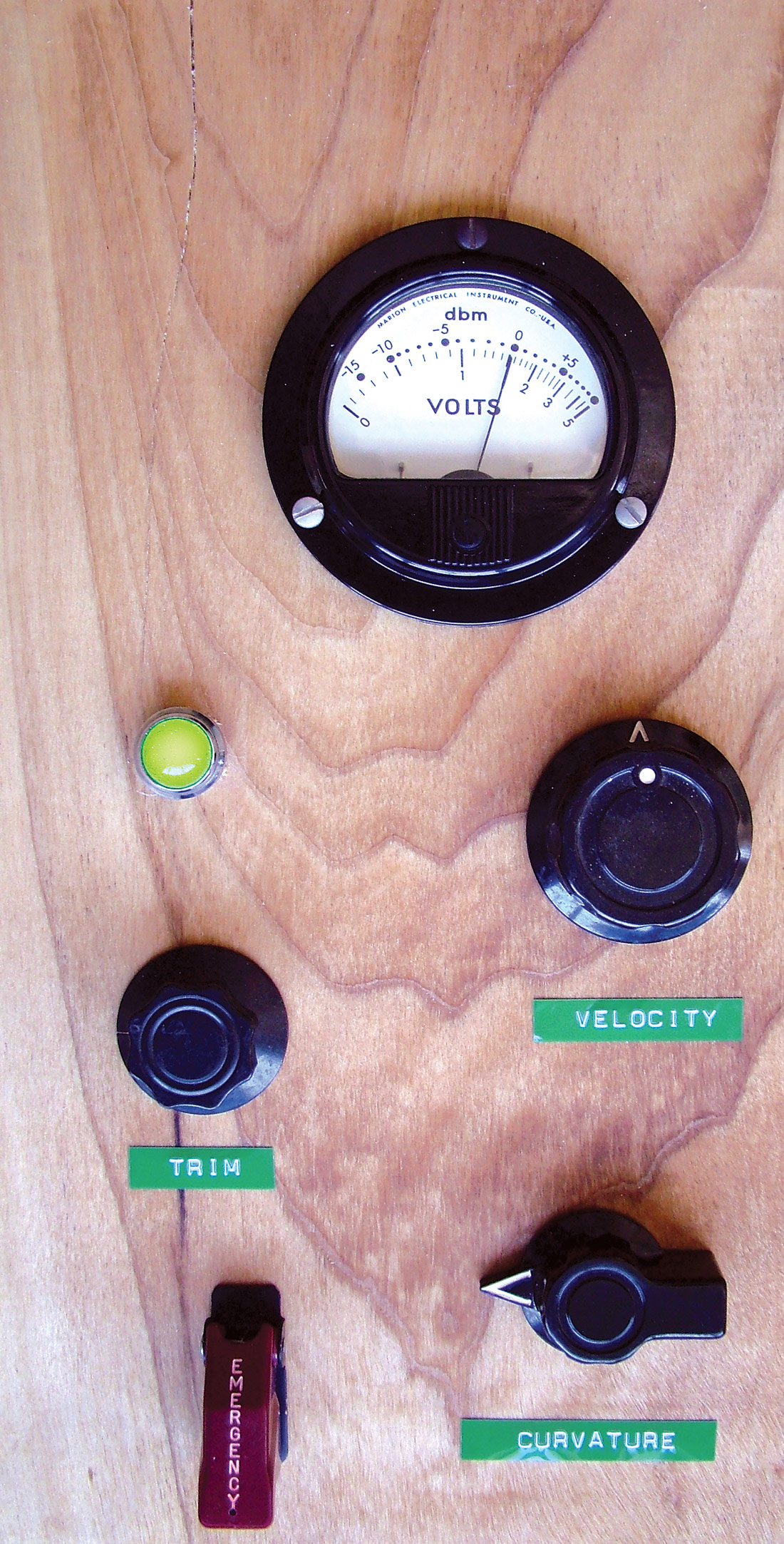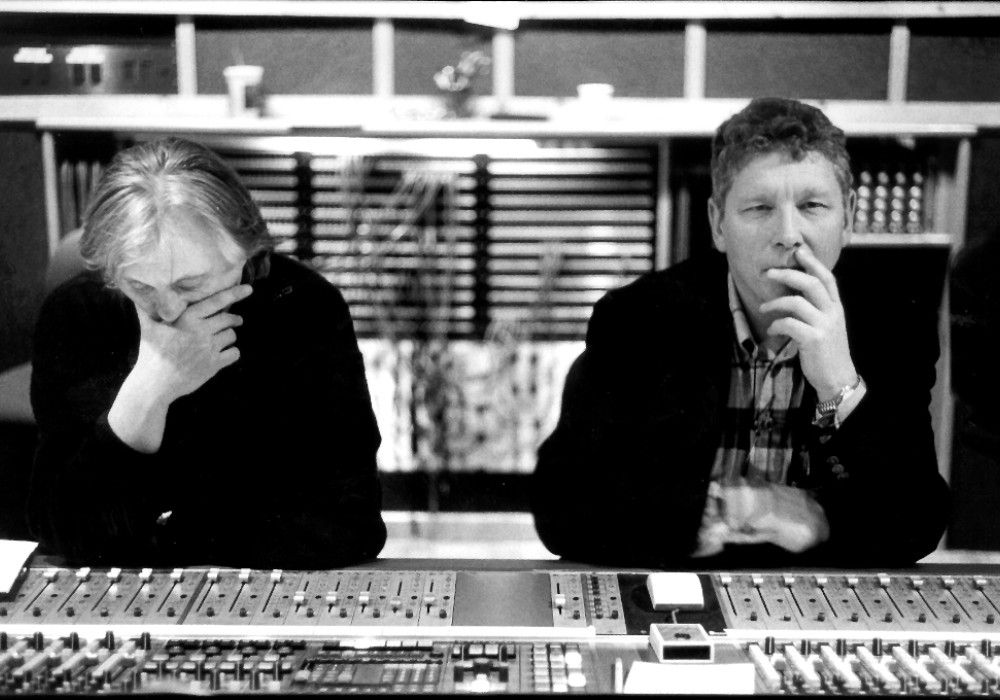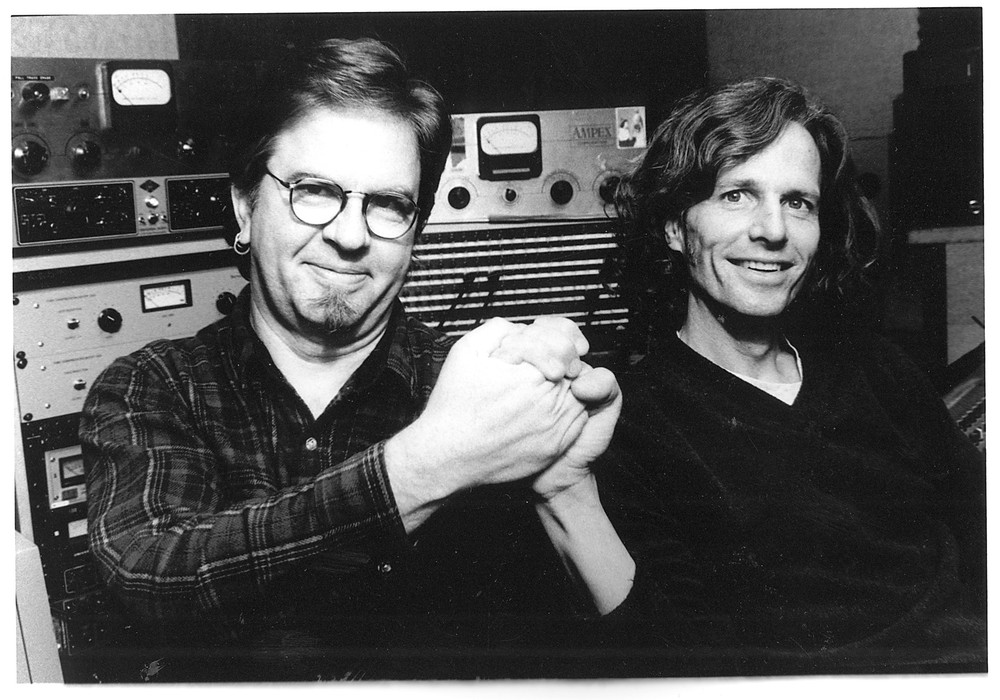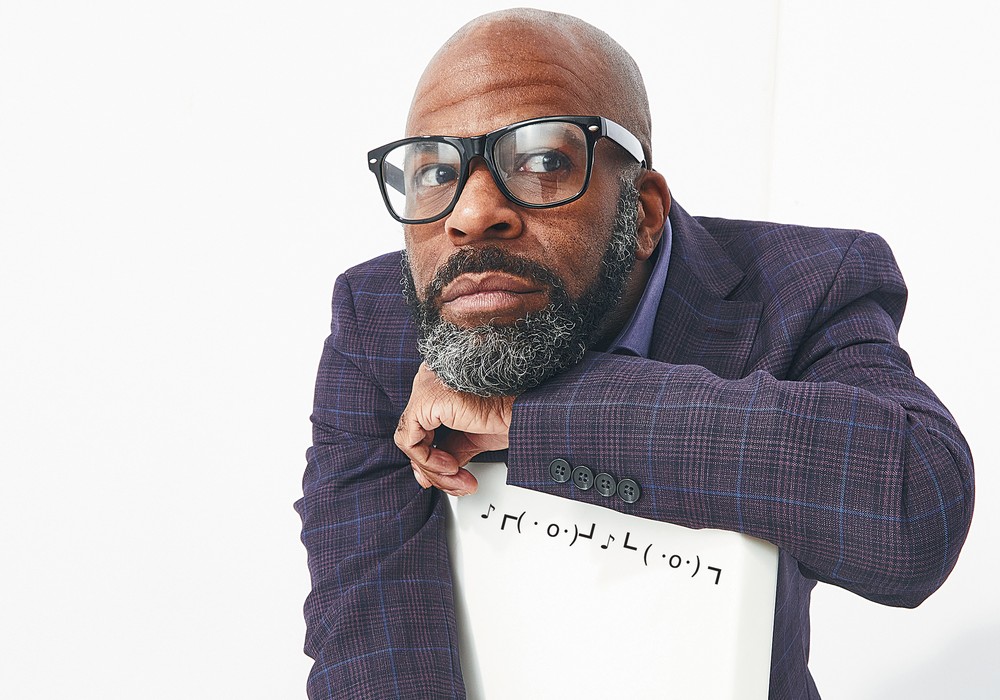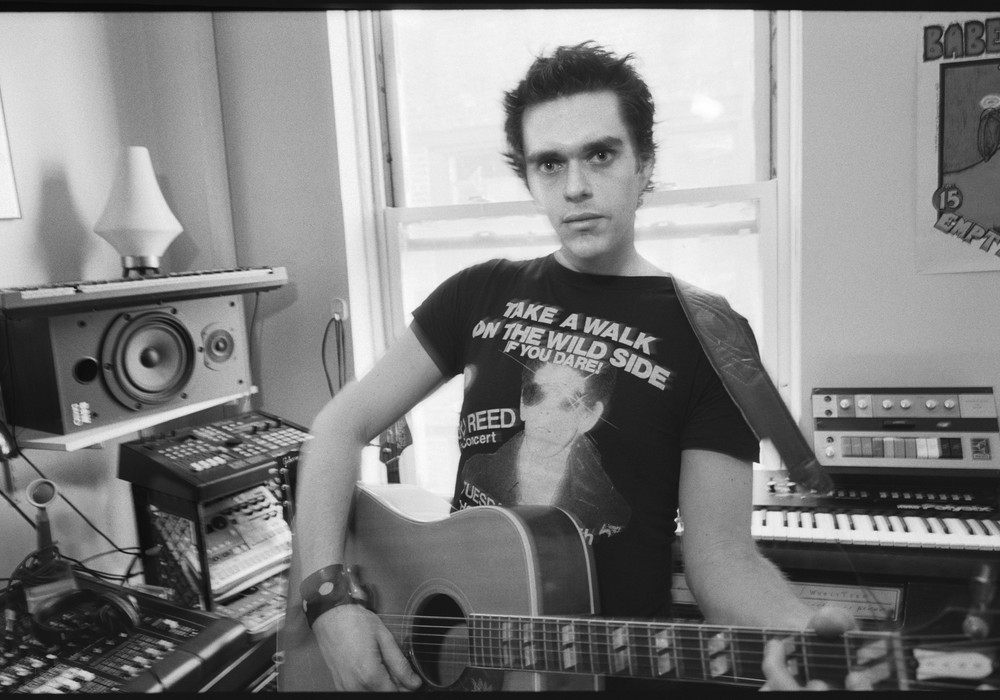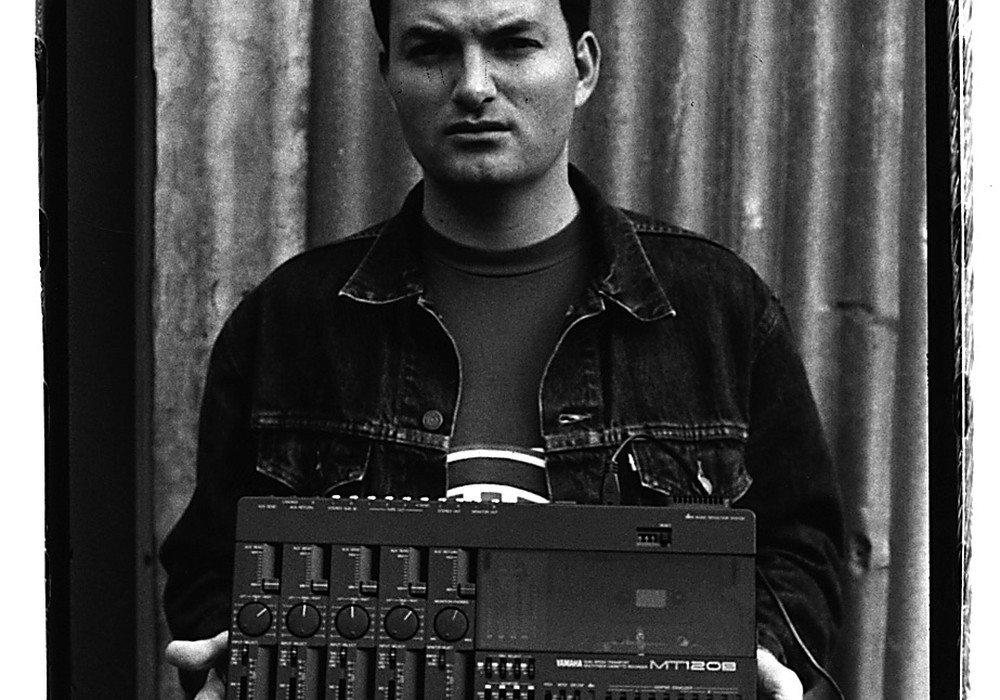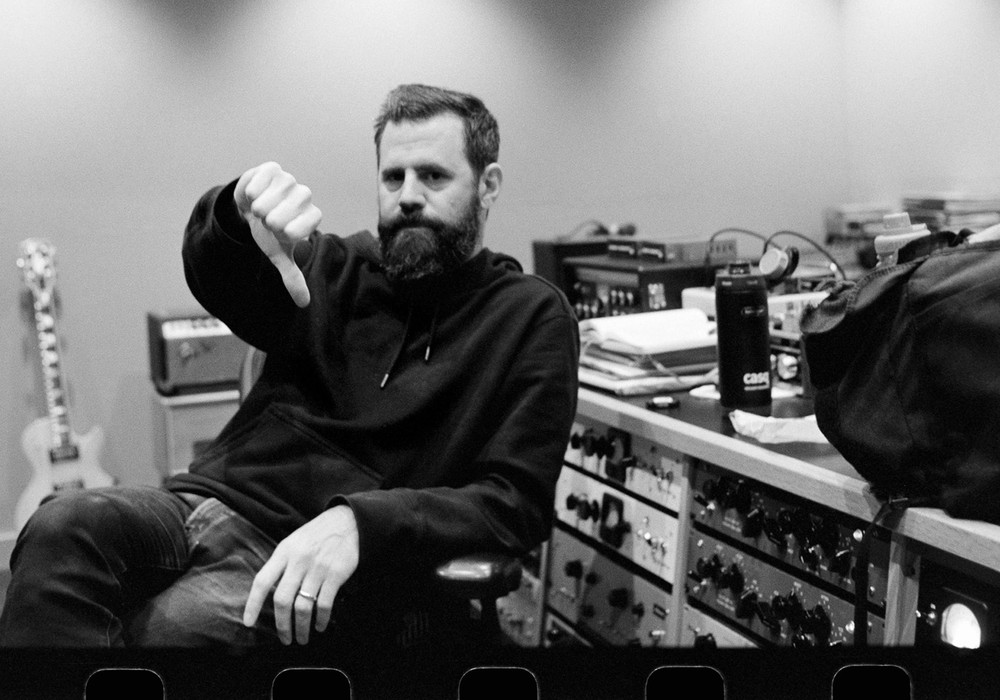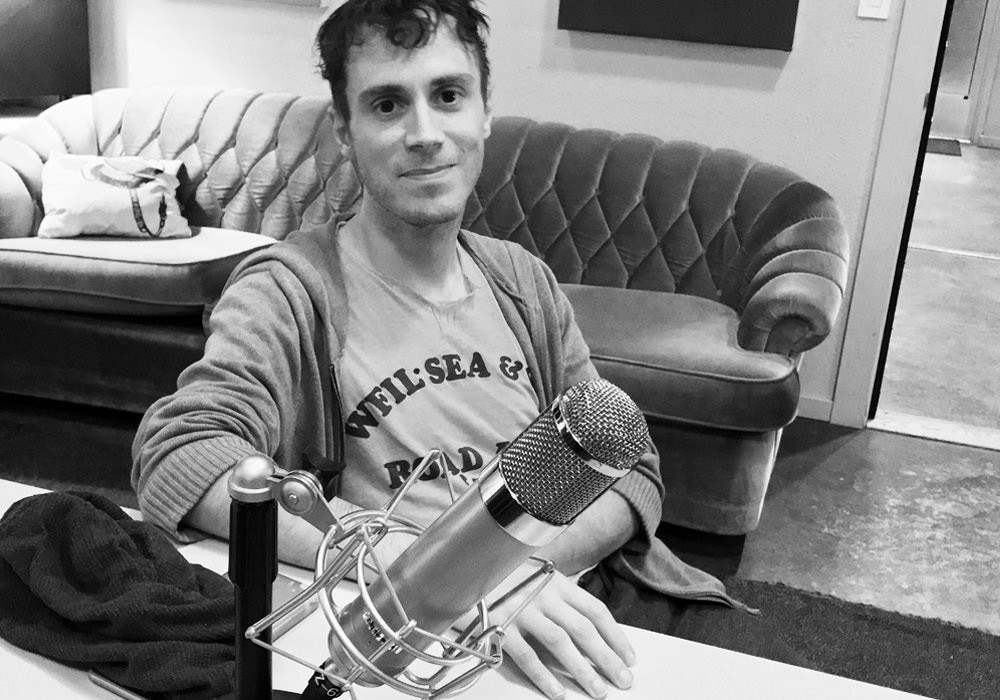A slight drizzle on an August afternoon in Oslo, Norway, set the mood perfectly for a conversation with engineer Jan Erik Kongshaug at his RainbowStudio. The space is tucked away in a beautifully designed modern business park. The lively stream running through the complex of buildings adds a well-balanced pastoral feeling to the surroundings. As I enter the building and am warmly greeted by the studio manager, I am introduced to the man that is at the center of many of the most beautiful jazz recordings of the past 35 years. He has engineered hundreds of recordings; many of them have been for the respected jazz label, ECM. The founder of ECM (Edition of Contemporary Music), Manfred Eicher, is an audiophile and producer who has been actively involved in creating the highest quality recordings possible. There are those that claim there is a signature “ECM sound” to the label’s recordings, but the discerning listener is easily able to distinguish the uniqueness of each recording. If there is a continuum from one recording to the next, it is the ability to hear the dynamic range of the music, as well as the clarity and focus of the players. Artists such as Pat Metheny, Keith Jarrett, Jan Garbarek, Chick Corea, Charlie Haden, Don Cherry, Charles Lloyd, Bobo Stenson, Arild Andersen, Jon Christensen, and Palle Danielsson, are only a few of the dozens of world renowned musicians that have made multiple recordings on ECM and have benefitted from the engineering of Jan Erik Kongshaug.
When did you first work in recording?
My first experience was at Arne Bendiksen Studio back in '67. After high school, in 1963, I worked one year as a musician on a cruise ship, which sailed all over the world. I was in New York City ten times during that year and I heard a lot of great jazz musicians. I even heard [John] Coltrane live — it was a really fantastic year! I went back [to Norway] and studied electronics for two years, and then I got a job at Arne Bendiksen. It was a different time then. Now all the engineers are well educated, but they don't get any jobs because there are so many people in the field. So I started in the studio, and after two and a half years I met Manfred Eicher. He came to Oslo to record [saxophonist] Jan Garbarek's first record for ECM [Afric Pepperbird, 1970] — this was also one of the first ECM recordings. The Jan Garbarek Quartet was Jon Christensen [drums], Arild Andersen [acoustic bass], and Terje Rypdal [guitar]. They came to do this record at an art museum outside Oslo that had a studio. It turned out that the room was too live for this kind of recording. So they came to the studio I worked at, in the evening, and we spent two evenings recording Afric Pepperbird. That's the first time I met Manfred, and it's worked very well. We had the same ideas of how the music should sound. He came back to Oslo many times and we made albums with Jan Garbarek, Keith Jarrett [Facing You], Chick Corea, and Crystal Silence with Chick Corea and Gary Burton. That's when it started; in the '70s. And the last one in the Arne Bendiksen Studio was Belonging with Jan Garbarek and Keith Jarrett. That was in '74. I got an offer from another guy in the business to build up a nice place, called Talent Studio [also located in Oslo]. So in '75 we opened Talent Studio — I was just an employee there. We made a lot of great recordings. The Keith Jarrett/Jan Garbarek album, My Song, was done there. So many others — I can't remember them all! Pat Metheny came there and made maybe ten albums? In '79 I stopped working at Talent and was a freelance engineer for five years.
Oh really?
I moved back to Trondheim — my hometown in the middle of Norway. My wife is also from there, so we tried to live there, which lasted three years; but we later moved back to Oslo. During this time I worked a lot with Manfred in New York at The Power Station.
You recorded Pat Metheny Group's First Circle there.
And a lot of recordings with great jazz musicians, like Michael Brecker and Kenny Wheeler, and Keith Jarrett's first volume of Standards. When I moved back to Oslo, Talent Studio was closing down. So that's why I started RainbowStudio in '84, with some other people. ECM was also involved when we started this — they helped me to get it going.
When you had the first location, were you picking a place for the acoustics? The room was an old concert hall. Actually, we didn't do much with the acoustics in the room. It was much drier than here, but it worked well. We built the control room and it was working.
What year did you come to this location?
In 2004. When we were [at the other location] we had endless problems with the landlord. Under us there was a restaurant and they started playing live music there — there was a lot of noise. We went to court several times, but in court there's only one winner... the lawyer! So after 20 years down there I realized I'd have to stop running a studio, or that I'd have to move. So we moved here. This studio is built much better, acoustically. I'm really happy.
When working at the Power Station, were you living in New York or were you flying back and forth?
I was traveling to New York with Manfred — I never lived there. It's called Avatar now. It's actually three or four studios in the same building. I remember, when I was there and did Standards with Keith Jarrett, Mike Mainieri was mixing Steps Ahead in another studio, and David Bowie was in the third with the Let's Dance album.
An album you recorded there that I really love is Pat Metheny's Rejoicing, with Billy Higgins and Charlie Haden.
That was the first album I not only recorded at Power Station, but also mixed it there. Sometimes we recorded there and took it back to Oslo and mixed.
I remember, at that time, there were these Yamaha NS- 10 monitors with a small tissue in front of the tweeter! So we mixed it on those speakers, but afterward I thought it was quite heavy in the bass. So that was an experience, but I remember it was a very nice album.
I like the bass on that.
Maybe it's okay, but afterwards we said, "Oh. It's a little bit too much." But maybe it's the other recordings that have too little bass. [laughter]
What do you recall about recording Pat Metheny and Ornette Coleman's Song X with Denardo Coleman [drums], Jack DeJohnette [drums], and Charlie Haden [bass].
I remember one thing about this session, and I think it was the only time I have experienced this. They played and Pat said, "We won't listen to it." We recorded for two days and we didn't listen back to anything! They had a lot of takes, which Pat chose later. It's the only session I can remember where the musicians didn't listen! Usually people will come in and listen to the first take and say, "Oh yeah. This is good." Or, "We have to do this different."
Are there specific microphones you prefer for mic'ing drums?
Often Schoeps mics on the cymbals. The mics are less important than the sound of the instrument. If a mic doesn't sound good, I can always change it, but that's not very often.
There's an Egberto Gismonti [guitar] album, Dança Das Cabeças, with just he and Naná Vasconcelos [percussion]. How did you mic that?
On acoustic guitar sometimes I use four mics. Two of them are very close and I use two to get the room, like two meters away. Sometimes I just end up with a close mic and I'll use reverbs instead. Same thing I do on the piano. I don't always use the two mics in the room. I have them there for the possibility. The percussion are maybe two or three mics. I often get things to mix where the drums are recorded with some room mics, but usually I don't use them in the mix. It's nice to have them — maybe you can have a little bit of them.
What is the standard procedure for mic placement when you record piano?
Two inside, for stereo. They are on a stand, so they are quite close. You get, of course, a very wide sound if you place them apart, but then you have some phase problems. I mean, today it's not that important; but in the old vinyl days it was very important to have a good phase relationship, because you get distortion on the record if you have too much. [out of phase]
What are some of the standard mics you use?
I have some very old mics from the '70s — a Neumann U 87 and AKG 414. But then I also have some newer mics, like the Sony [C-800G] tube mics, which are very good. I also have cheap mics from Sontronics [Sigma, Helios, Omega, Orpheus], which are good.
What are your thoughts on mic preamps?
With this Harrison Series 12 console there are built-in preamps that are very good. This is a digitally controlled analog console, so the mixer is just a control surface for the analog channels in another room. They don't make these consoles anymore. They make only digital consoles now — it's too expensive to build these. I have been working with digital recorders since '86, the Mitsubishi 32-track machine, the Sony 48-track machine; and with Pro Tools since around '98. But I never mix internally in a digital workstation like Pro Tools or Logic. I like to mix on the console.
You use Pro Tools more as an interface...
It's a tape recorder. Of course, I couldn't live without Pro Tools. What you can do with editing and everything. But analog mixing sounds better to me.
Do you use an assistant engineer?
No. There are two engineers working here, but we usually don't work with assistants. Here in Norway most of the other studios that had acoustically good rooms are closed. There are hundreds of "small kitchen studios" with their computers, making music. That's what's happening. The main problem, especially when you work with jazz, is you need a piano. It is the instrument.
You have a Steinway D. The piano sound is so important on many of the recordings you do.
At Arne Bendiksen we had a small Steinway A and it sounded okay. Not great, but okay. And in the Talent Studio we had a C, which was bigger and sounded much better. And now we have the Steinway D, which is a great instrument. But the most important thing is the piano tuner — the guy who tunes the piano for every session, sometimes twice a day.
Twice a day?
Well, I always get the question, "Oh, this sounds so good. What kind of microphones do you use?" This is not so important. People understand that they have to tune their violin, the bass, and the guitar, but they think the piano sounds good any time. It doesn't! I get so many sessions sent to me to mix — files from many studios around the world — and, in
most cases, the piano is the problem because it's out of tune. If a piano isn't tuned for a year, it's not just the tuning. It's the intonation, making every note equal. If you have a bad piano it sounds bad, whatever you do.
I've heard that you like to combine different reverbs.
In 1970 the EMT plate was the reverb we used, and that was it. Then the Lexicon came, so we combined the EMT plate and the Lexicon reverb. But now we have a lot of different reverb machines. I can use eight different stereo reverbs, which have different rooms — large room, church, or a small space. So, on a snare drum, I can have three different reverbs. A good thing in working with analog is it is much easier to control. I have 16 sends from each channel. I don't use that all of the time, but for special pop productions I have a lot of different reverbs and delays and things. I think it's really nice to have the hardware. I have the Lexicon 960L and a TC Electronic System 6000, which is a Danish machine. Bricasti Designs' M7 is a new one I have, which I love.
How is Manfred involved in mixing an ECM record?
In most cases it's a two-day recording and one-day mix. Sometimes we mix later, but more typical is to do everything in three days. I start the mixing from when we start recording. It's a very easy mixing situation. With all the ECM recordings, I can't remember any time that we [needed] to go back and remix, because Manfred knows what he wants. When he makes a mix, that's it!
Does Manfred have an idea or vision for each record?
Manfred is one of the few producers who really can add something to what the musicians are playing. He's really active in the process.
Even in the recording?
Yeah, the musicians — what they play, how they play — that's the most important thing. He knows what he wants.
Who does the mastering for ECM recordings?
Well, with all of the ECM recordings I've done in the last few years, the mix is the master. The only thing we do in the mastering is [adjusting] internal levels between songs — I also do some compression in the mix. When it's mixed, it's finished. If you're doing a mix, why should you send it to someone else to change the mix? Of course, today what's happening is everybody is compressing. A lot of music today sounds so compressed — you get tired. There are often no dynamics. Many people say the ECM recordings sound so soft, because they are not as compressed as other [recordings]. They still have some dynamics. There's not so much difference between a very compressed mix, when you convert it to an MP3. But if you have dynamics in the music then the MP3 will sound much worse. But, of course, now people listen to music on their mobile phones and it needs to be compressed. That's how it is.
